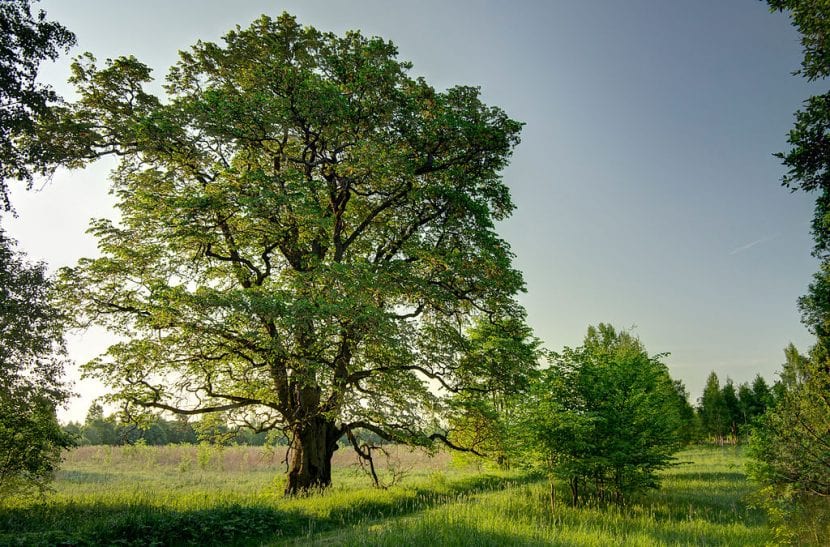
Image - Wikimedia / Amadvr
Trees of the genus Ulmus are usually very large and, as a consequence, need a lot of space to grow. And the ulmus laevis it is not an exception; in fact, both its height and the thickness of its trunk once it reaches maturity are imposing.
By having a fast growth rate and being relatively easy to care for, if you have a large garden this species will provide you with a very pleasant shade in a matter of a few years. Know her 🙂.
Origin and characteristics
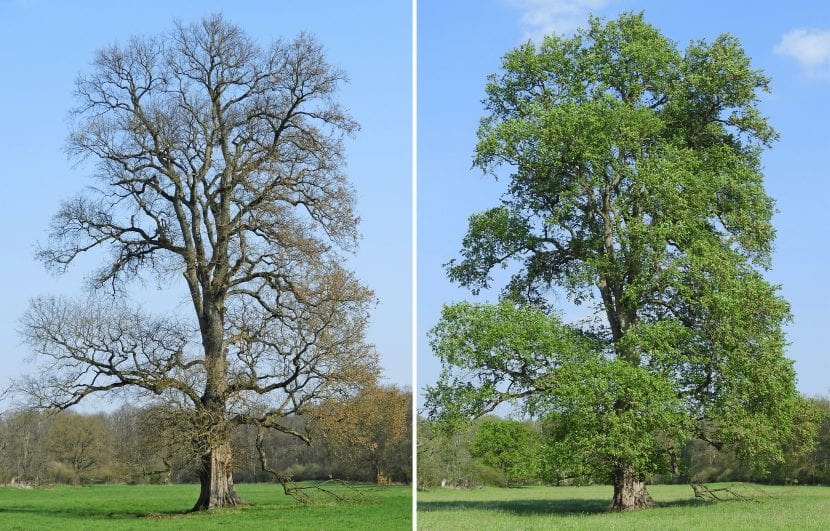
Image - Wikimedia / Christian Fischer
Our protagonist is a deciduous tree known as white elm, European white elm, trembling elm or pedunculated elm native to Europe (center, east and southeast of the continent) and Asia Minor. It can reach and exceed 30 meters in height, with a trunk diameter of up to two meters. Its root system is shallow, but very extensive, something essential for the plant to remain well attached to the ground.
The leaves are simple, alternate, with a tomentose underside (hence it is called white elm), and with a texture similar to that of paper. These are green, but turn yellowish in fall before falling. The flowers have no petals, are about 3-4mm long and appear in clusters in spring. The fruit is a winged samara about 15mm long by 10mm wide.
How to take care of ulmus laevis?
Do you want to have a copy? We recommend that you provide the following care:
Location
It is a tree that must be outside, in full sun. Due to its size and roots, it must be planted in the ground, at a minimum distance of ten meters from walls, walls, pipes, large plants, etc.
One detail to keep in mind is that it is less resistant to strong winds than other elms, so if it usually blows strongly in your area, it is highly recommended to plant windbreak hedges around the plot, or at least the place where you are going to be the Ulmus.
Earth
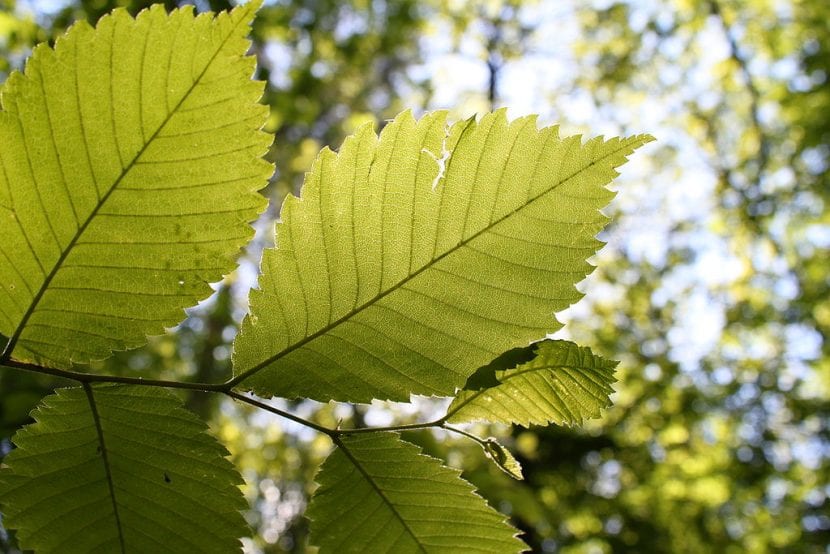
Image - Wikimedia / Crusier
- Garden: like others of the genus, it grows well in more or less fertile, deep, and humid soils. Now, in those that are drier, it can also be adapted, as long as it is watered from time to time.
- Flower pot: It is not a plant that can be had in a container, but during its first years of youth it will be a decorative little tree 🙂. Fill it with universal growing medium (for sale here).
Irrigation
ModerateDuring the summer, if it is very hot and dry, it will be necessary to water more often. In general, the frequency will be about 3-4 times a week during the hottest season, and about 2 a week the rest of the year.
Once it's been in the soil for at least a year, you won't need to water as often if it rains regularly.
Subscriber
Fertilizer is just as important as water, especially during the growing season that coincides, in this case, with spring and summer. When the autumn cold begins to arrive and the temperatures drop below 20ºC, and the first frost may even occur in depending on which area, the tree does not need extra "food".
For this reason, and especially if the soil is poor in nutrients, we recommend fertilizing ulmus laevis during spring and summer. With what? With organic fertilizers, of course: compost, guano, herbivorous animal manure, egg and banana shells, ... Of course, if it is in a pot, you must use liquid fertilizers (such as guano in liquid form, which is sold here) following the instructions specified on the package.
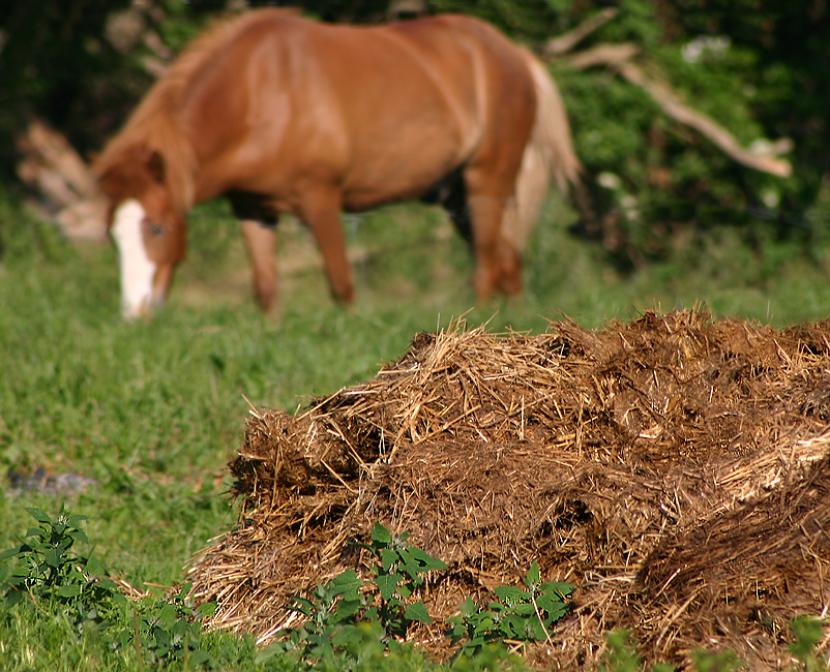
Pruning
Don't need it. Just remove dry, diseased, weak or broken branches.
Plagues and diseases
It is very resistant in general, but sensitive to elm graphiosis. This is a disease transmitted by fungi of the genus Ophiostoma that, as soon as it reaches the vessels inside the trunk and branches, causes the leaves to wither quickly and the plant to die.
Its vector is the Scolytus beetles, which are those that transport the spores of the fungus from a diseased elm to a healthy one. And unfortunately, really effective treatments are not yet known, so as soon as the first symptoms are detected, what is done is to prune and burn that branch and put healing paste on the elm to seal the wound.
It can also be treated with fungicides such as benomyl or thiabendazole, but they do not ensure cure, or not total.
Multiplication
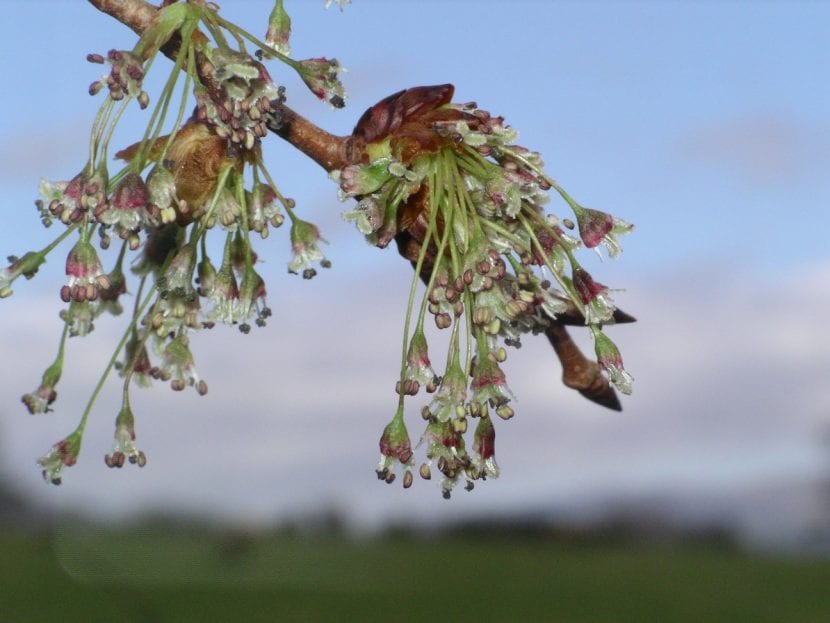
White elm multiplies by seeds in winter and by cuttings in early summer. How to proceed in each case?
Seeds
The seeds have to be sown in winter in seedbeds (pots, seedling trays, or similar) with universal growing substrate. Cover them with a thin layer of substrate, and give them a good watering.
Keeping the soil always moist, they will germinate throughout the spring.
Cuttings
To multiply it by cuttings, you have to cut a healthy branch of semi-hard wood, impregnate the base with rooting hormones (for sale here), and plant it in a pot with universal substrate or vermiculite (for sale here).
Placed outside, in semi-shade, and keeping the substrate moist, it will root after approximately 15 days.
Rusticity
The white elm withstands frosts of up to -18 ° C.
What uses is it given?
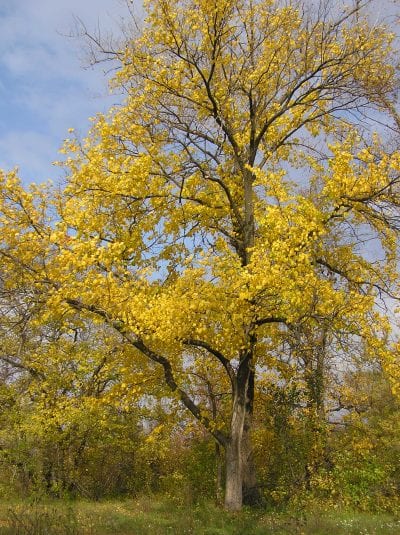
Image - Wikimedia / Le.Loup.Gris
Only as ornamental tree, as an isolated specimen and to provide shade. Its wood is of poor quality; in fact, the pruning remains -if there are any- it is better to crush them and throw them into the garden as compost, or make compost with them.

What did you think of the ulmus laevis?